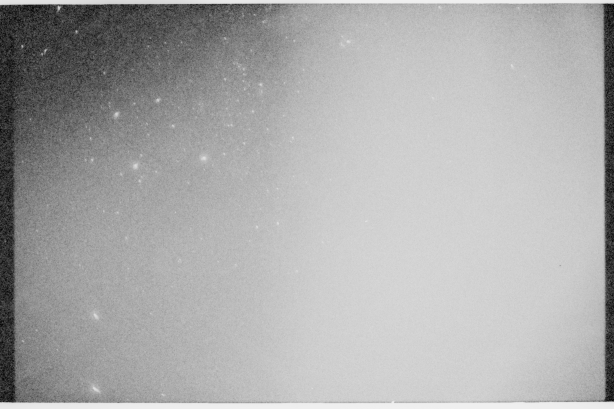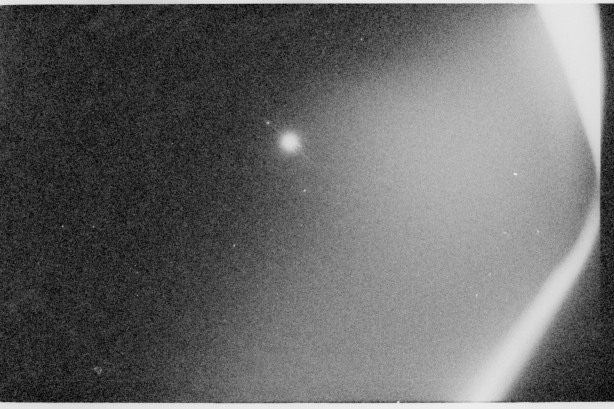A poster on collectspace.com was asking about 'missing' Apollo magazines and identified several from Apollo 16.
I managed to find 2 of them, taken by Nikons with an f1.2 55mm lens for low light and earthshine photography, and they are here
http://tothemoon.ser.asu.edu/gallery/apollo/16Much of what is in there is (naturally enough) underexposed, but there are some gems - including many images of stars. Yes, actual stars!!
So far I've only managed to pin one of the images down to anything definite, AS16-129-20063:

compared with a Stellarium view:

Naturally there are those who will claim that you could have taken these photographs on Earth, but the magazines also show images of the moon's surface, and I intend to demonstrate that these mostly oblique views could not have been taken from Earth - either because they are of the far side or because they are oblique views that a terrestrial telescope would show as vertical.
Feel free to join in

The one I really want to nail down is this one, AS16-129-20076:

Like the previous one, there are several similar views taken at different exposure settings.
I also managed to find a 'missing' Apollo 13 magazine (number 93), which has images of Earth taken at around 06:30 on 17/04/70 as confirmed by the satellite meteorology record!